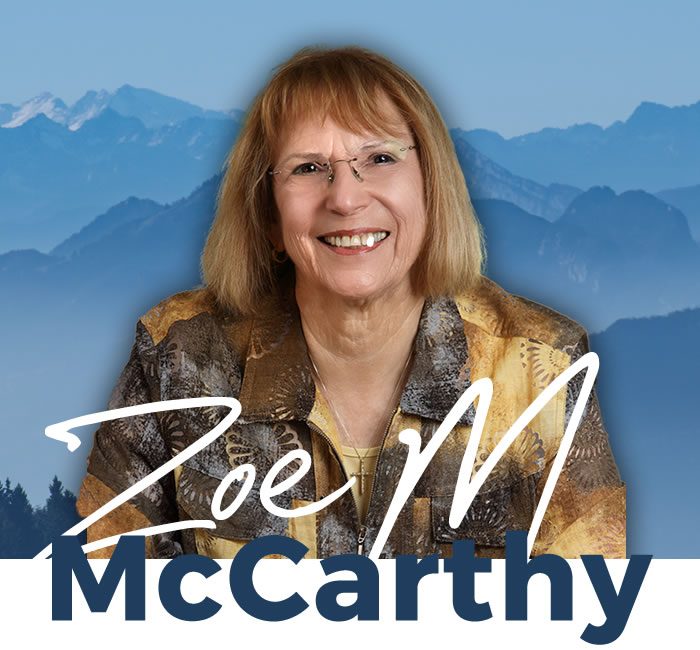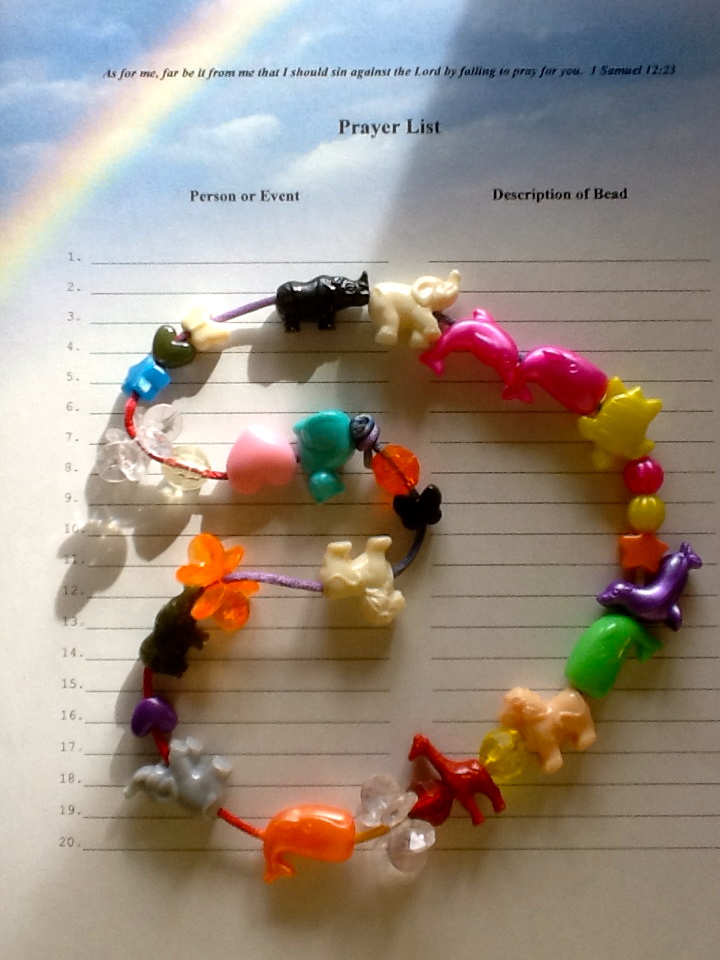“The beginning is the most important part of the work.” —Plato
Why should I care about what you have to say? Sounds rude, doesn’t it? But that’s what many people in your audience think when they approach your work.
So, how much time do you spend on the opening of your speech, sermon, non-fiction book, children’s book, play, activity, novel, song, blog, or magazine article?
Study these first lines quoted from various types of writing. Notice how they set the tone, attitude, purpose, or genre of the work.
Non-Fiction
-
“The water was so hot, it was almost burning my face—but I could barely feel it.” —Dave Ramsey’s Complete Guide to Money by Dave Ramsey
- “The Kings Gambit, the darling of the romantics, is a swashbuckling opening synonymous with attack, sacrifice, and an exciting open game.” —Modern Chess Openings by Walter Korn
Speeches
- “Presumption is one grand snare of the devil, in which many of the children of men are taken.” —Sermons of John Wesley – Sermon 86: “A Call to Backsliders”
- “My fellow Americans, I come before you tonight as a candidate for the vice presidency and as a man whose honesty and integrity has been questioned.” — United States Senator, Richard Nixon’s “Checkers” speech
Picture Books
- “The night Max wore his wolf suit and made mischief of one kind and another his mother called him ‘WILD THING!’ and Max said ‘I’LL EAT YOU UP!’ so he was sent to bed without eating anything.” (3 pages before a period) —Where the Wild Things Are by Maurice Sendak
-
“Chimps don’t wear glasses and zebras don’t cook and you won’t see a kangaroo reading a book.” (3 pages before a period) —Chimps Don’t Wear Glasses by Laura Numeroff and illustrated by Joe Mathieu
Children’s Books
- “There was nothing Otis Spofford liked better than stirring up a little excitement.” —Otis Spofford by Beverly Cleary
- “A wild, ringing neigh shrilled up from the hold of the Spanish galleon.” —Misty of Chincoteague by Marguerite Henry
Young Adult Fiction
- “There is no lake at Camp Green Lake.” —Holes by Louis Sachar
- “One year ago my mom got traded in for a newer model.” —So Not Happening by Jenny B. Jones
Novels
- “She didn’t know how far she’d driven—all she knew was that it wasn’t far enough.” —Abomination by Colleen Coble
- “He always said if I left he would kill me, but there are far worse fates than death.” —Wings of Glass by Gina Holmes
Short Stories
-
“With the many interruptions to her already loaded schedule, when would she find the time to kill Rita?” —“Plotting Murder” by Zoe M. McCarthy
- “A steady ticking awakened Murdoch.” —“The Ticker” by Dori Renner in Writer’s Digest, July/August 2013
Articles
- “One day, a funny thing happened: An unknown, frustrated writer named Joe Hill got an envelope in the mail.” —“The Once and Future King” by Zachary Petit in Writer’s Digest, July/August 2013
- “Here’s an oxymoron for you: Cancer = Renewal.” —“An Unexpected Gift” by Nina Fuller in WHOA Magazine for Women, Spring 2012
Tweetable
- Study the first lines of these writings and learn how to hook your audience.
click to tweet
Which, if any, of these first lines made you want to read or hear the work? Why?















 RSS - Posts
RSS - Posts